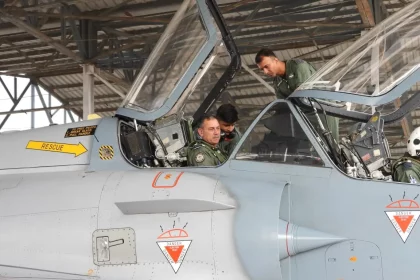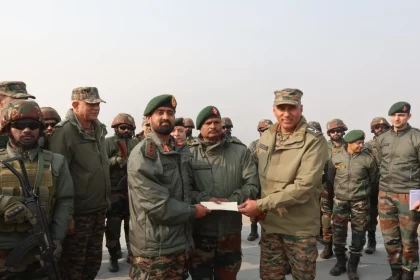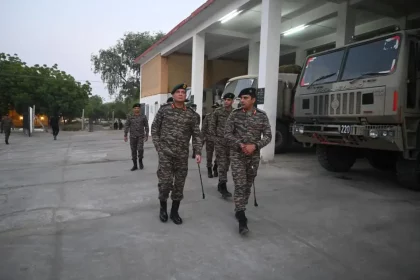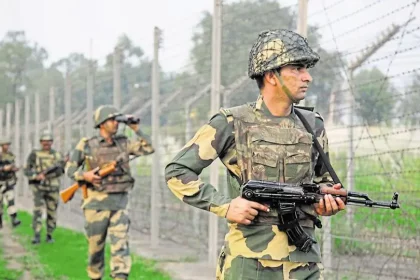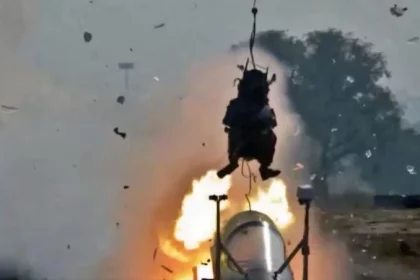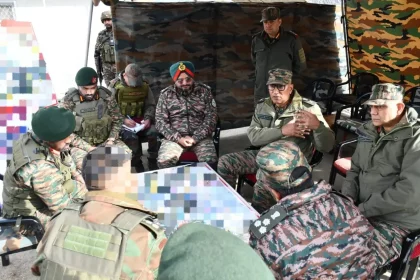Air Marshal Narmdeshwar Tiwari Flies Mirage 2000 on Final Visit to No. 1 Squadron During Farewell as Commodore Commandant
VCAS Air Marshal Tiwari Undertakes Mirage 2000 Sortie and Reviews No. 1 Squadron on Farewell Visit.
Lt Gen Pratik Sharma Reviews Security and Operational Readiness in Kashmir Valley
Army Commander praises troops for professionalism and operational excellence in Kashmir.
Lt Gen Dhiraj Seth Reviews Operational Preparedness and Welfare Initiatives at Southern Command Military Stations
Army Commander reviews training, infrastructure, and welfare initiatives at key Southern Command stations.
India Emerges as Major Power in Asia, Ranks Third in 2025 Asia Power Index
India secures third spot in Asia Power Index, behind China and US.
DRDO Successfully Conducts High-Speed Rocket Sled Test of Fighter Aircraft Escape System
DRDO, ADA, HAL achieve milestone in indigenous aviation safety technology.
Lt Gen Pratik Sharma Reviews Counter-Terrorism Preparedness in Chhatru and Basantgarh
Northern Command chief reviews counter-terrorism readiness, commends troops’ dedication.

